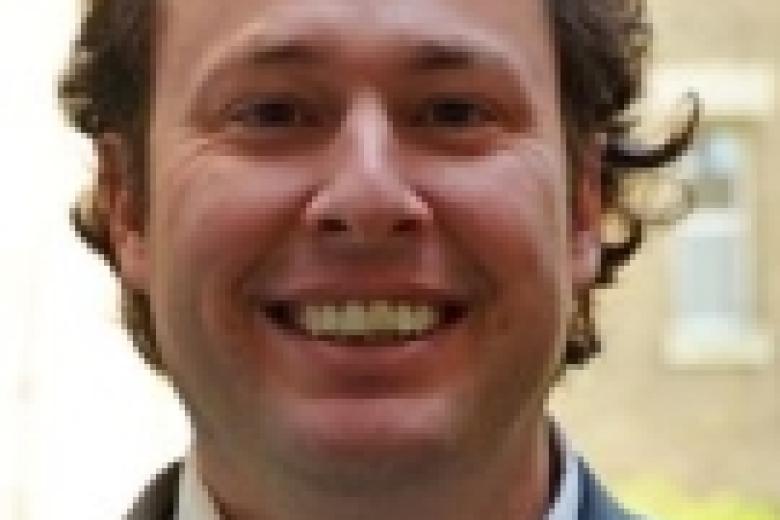Metaphors and analogies on civil law codification
Resilience is a characteristic of codification, since codes tend to change according to time and space: they are far from being eternal or carved in stone. This is evident in Europe, when looking at the recent reforms to the Belgian Civil Code, for example in the area of property law. Resilience is also palpable across the Atlantic, with the recent completion of a new civil code for Puerto Rico, to take effect in November 2020.
Codifiers are behind the process of erecting monumental societal buildings, and their resulting codes encapsulate important rules for society. Metaphors and analogies can be used to explain codification: parallels between codes and buildings and between codifiers and architects can illustrate the above-mentioned resilience. Main actors should be aware of the life in the construction site offered by a codification endeavour. Their decisions will have an impact on all members of society who dwell in the resulting buildings. Stakeholders should be heard at the time of exploring change, and dialogue among actors could be a key aspect for the success of these endeavours.
- Design
Blueprints of codes have to be envisioned before cornerstones are set. They can be drawn for different generations of codes, since similarly to architectural styles, generations of codes can pollinate and extend across jurisdictions. Globalization took the stage already for several decades, not only in Europe. We can speak of a new generation of codes, offering new dwellings for individuals in a globalized society. Dwellers have to live in a housing complex, where they share common walls and spaces with neighbours from a globalized society.
- Construction
Codifiers, similarly to architects, can undertake their work in isolation or in a collegiate manner. Codifiers tend to be renowned jurists, with a solid formation in the different areas of law, and they look for sources for their work within the local context and beyond: they build bridges across jurisdictions. New technologies may enable the participation of different actors in the design of future codes. More stakeholders should be invited to the construction site, to get themselves involved in the design of the temples where the rules for society are represented and safeguarded.
- Inauguration
Codes have to be lived, and like many new buildings, they require some final touches to make life in them feasible. External elements to the codes themselves can help identify needs for change and force mutations. Three legislative processes can ultimately generate a change of the existing texts, these being revision, de-codification, and re-codification. Some buildings are protected and cannot be easily altered, however. This resistance to change may be motivated because of veneration to the existing codes, which were avant-garde at the time of enactment. Resistance may find its origins likewise in the intention to preserve a common heritage. A code, however, no longer can be deemed an absolute sacred ground or protected building.
Codifiers react to the needs of society. They can be deemed talented architects that are able to offer containers where rules for society are represented and safeguarded. Awareness on the previously mentioned resilience is paramount. That resilience calls for some further questions: to what extent a new generation of codes is taking the stage? Which are the virtues and weaknesses of individual or collegiate codification efforts? Which role do civil codes play within the existing legislation of the different jurisdictions? Exploring answers to these and other questions will help secure that keys are safely delivered to the dwellers of these important societal buildings.
| More blogs on Law Blogs Maastricht |
A. Parise
Agustín Parise (Buenos Aires, Argentina) is Associate Professor of Law at the Faculty of Law of Maastricht University. He received his degrees of LL.B. (abogado) and LL.D. (doctor en derecho) at Universidad de Buenos Aires (Argentina), where he was Lecturer in Legal History during 2001-2005. He received his degree of LL.M. at Louisiana State University Law Center (USA), where he was Research Associate at the Center of Civil Law Studies during 2006-2010.

-
Overcoming the pitfalls of anachronisms – and why this matters to all of us
Every now and again, and especially when redesigning a curriculum, the question regarding the role and place of legal history in said curriculum is brought up. And rightly so. That is why the Open University Law School (UK) organized an online event on 15 December entitled Diversity, Dilemmas and...

-
Democracy and Nihilism: denouncing contemporary populist rhetoric
In this piece, I will use two memes to begin to unpack what I think is the common denominator of contemporary populist rhetoric. I will explain that the real substance of this rhetoric is the creation of a false moral equivalence, revealing a nihilism. Finally, I will suggest how this false moral...

-
Legal science through the lens of fairy tales
Fairy tales, when understood as manuals of behaviour that are shared within the household, can serve as a means to study and understand the law at a specific time and space. This claim is not new. The Grimm Brothers, the renowned scholars Friedrich C. von Savigny (1779-1861) and John H. Wigmore...
